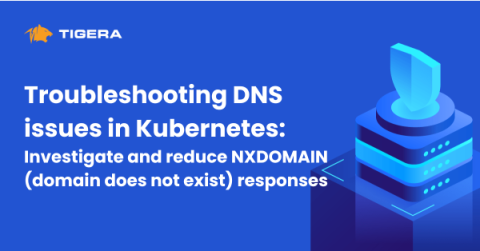Sysdig Identifies a Cloud-Native Security Crossroads: Best Practices vs. Convenience and Speed
Sysdig’s seventh annual Cloud-Native Security and Usage Report identifies how customers are developing, using, and securing cloud-native applications and environments. We analyze data from millions of containers and thousands of accounts and publish the most pertinent information for you. Security practitioners and leaders look forward to this report to identify trends and make adjustments to their cloud security strategy.











